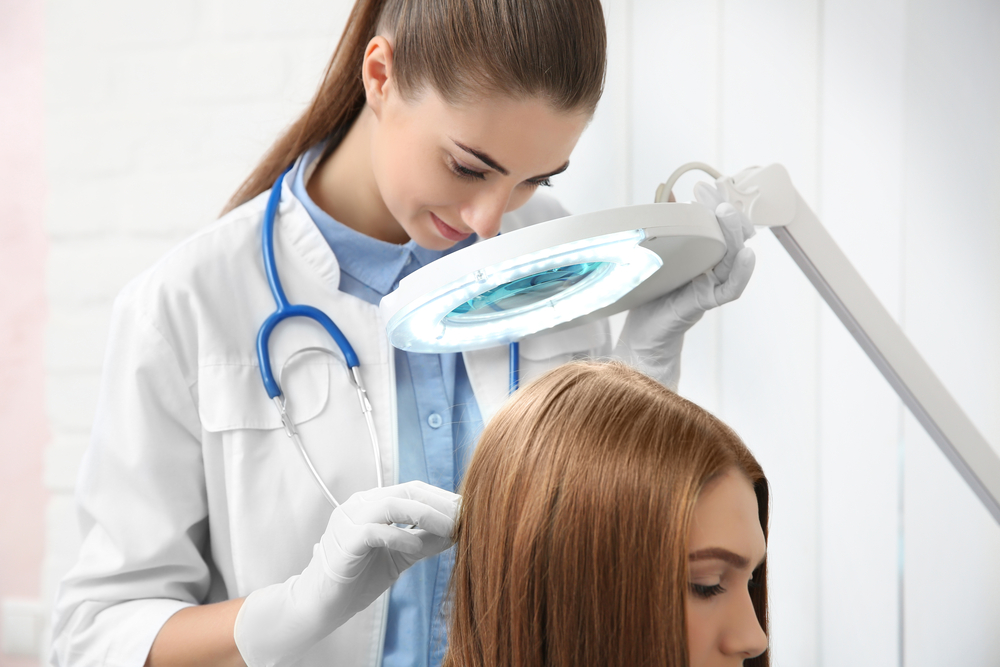Introduction & Types of Psoriasis
What is Psoriasis?
Psoriasis is a common chronic skin condition that is manifested by red, brittle patches of the skin covered with silvery scales. This condition usually attacks the scalp, knees, and elbows, but can also affect the nails, trunk, and legs. Although rarely, it can also be found in other parts of the skin.
Psoriasis affects more than 130 million people worldwide and can affect people of all ages. About 7.5 million people in the United States alone have plaque psoriasis, that’s about 2% of the total population. Male and female are affected equally, but the number of Caucasians diagnosed with psoriasis is higher than that of the people of color.

It’s easy for people to think psoriasis as just a common physical skin condition, but it actually starts underneath the skin and can range from mild to severe. Like other chronic conditions, psoriasis can be brought about by other illnesses such as cardiovascular diseases, Type 2 diabetes, and psoriatic arthritis. What’s more, psoriasis can also lead to other chronic conditions such as psoriatic arthritis. It is reported that 15% of people suffering from this condition develop psoriatic arthritis, a condition that is commonly mistaken for gout or rheumatoid arthritis.
Unfortunately, there is no cure for psoriasis yet, but there exist numerous ways to get relief from symptoms of this niggling ailment.
Types of Psoriasis:
Psoriasis skin condition came in various shapes and sizes depending on their causes, areas affected, who they affect in terms of age, and how they occur. There are at least 5 known types of psoriasis including;
- Plaque Psoriasis: This is the most common form of psoriasis. It is characterized by red spots with a silvery white build-up of skin cells. The plaque can occur in any part of the skin, including the soft tissue inside your mouth and the genitals. Plaque psoriasis can be itchy, or can also be very painful.
- Inverse or Flexural Psoriasis: This type of psoriasis shows up in the body folds, including the groin, behind the knee, or the armpits. It is possible to have inverse psoriasis and still have other types of psoriasis. This type of Psoriasis may appear more shiny and smooth than other types of psoriasis.
- Erythrodermic Psoriasis: Even though this is the least common form of psoriasis, it is possibly the most severe. Erythrodermic psoriasis can cover your entire body with a red, peeling rash which is extremely itchy and painful.
- Pustular Psoriasis: This is a severe type of psoriasis that can affect isolated areas of the body, such as the hands and feet, but can also cover most of your skin’s surface. This condition develops faster than other types in the form of many white pustules surrounded by red skin. There are three different types of pustular psoriasis: acropustulosis, palmoplantar pustulosis (PPP), and von Zumbusch. Each type can have different severity and symptoms. However, the common symptoms include loss of appetite, muscle weakening, rapid pulse, chills, and fever.
- Guttate Psoriasis: This is the second-most common type of psoriasis. Guttate psoriasis is normally triggered by strep infection and can affect both adults and children. It appears in the form of small, dot-like lesions.
- Nail Psoriasis: Even though this is not officially a type of psoriasis, it is commonly categorized individually. As the name suggests, nail psoriasis affects toenails and fingernails, causing discoloration, abnormal nail growth, and pitting. Psoriatic nails may become loose, separate from the onycholysis (the nail bed), and may finally break off.

